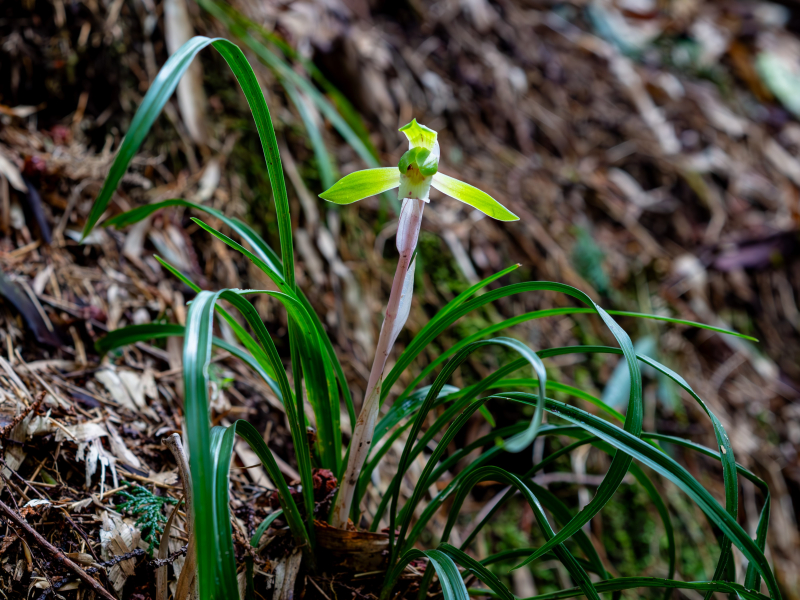フィールド日記
2024.05.14
ヨウラクラン
ヨウラクランが咲いています。着生ランの一種で、木の幹にくっついて生育しています。木から直接栄養を奪っているわけではなく、生育の場として木の幹を利用しています。花は1~2mmほどで、ラン科の中で世界最小級です。

2024.05.10
コゴメウツギ
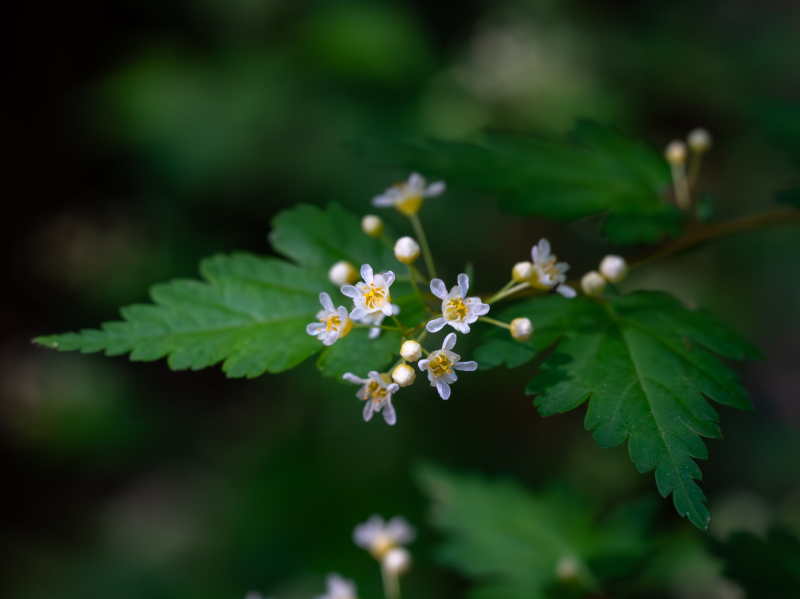
2024.05.07
マツバウンラン
マツバウンランが咲いています。北アメリカ原産の帰化植物で、キャンパス内ではお茶畑の周りにたくさん咲いています。和名は、ウンランという植物に近い仲間で、葉が松の葉のように細いことに由来します。

"Matsuba-Unran (マツバウンラン)" plants are in bloom. They originally come from North America. On our campus, many of them grow around the tea plantation. The name comes from the fact that they are a relative species to the "Unran" plants and their leaves look like those of pine trees.
2024.05.03
ヒメハギ
ヒメハギが咲いています。明るい草地に生える多年草ですが、市街地では減少しています。不二聖心では定期的な草刈りによって草地が維持されている茶草場でよく見ることができます。花の先端に房状の付属体があるのが特徴です。
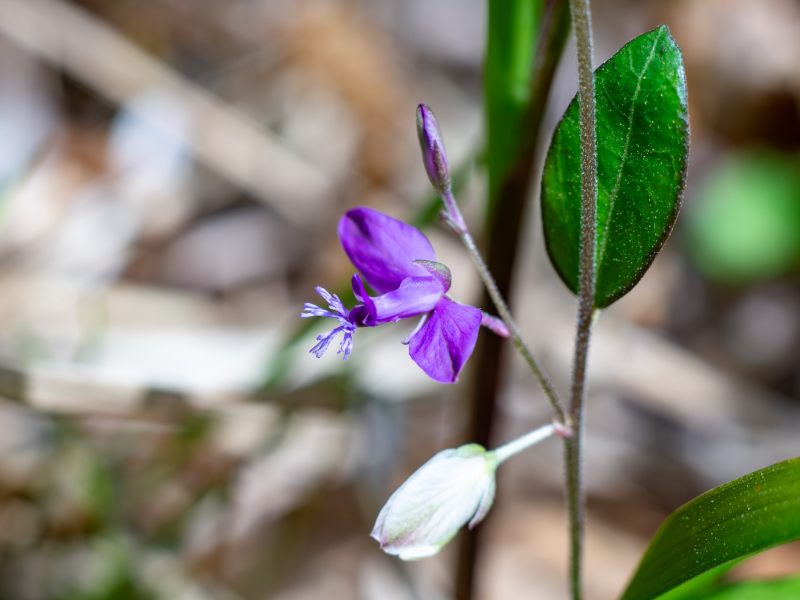
2024.04.30
キンラン
キンランが咲いています。野生ランの一種で、よく手入れのされた雑木林などに生えています。生育場所の減少や園芸目的の採取によって数を減らしており、全国で絶滅危惧種に指定されています。
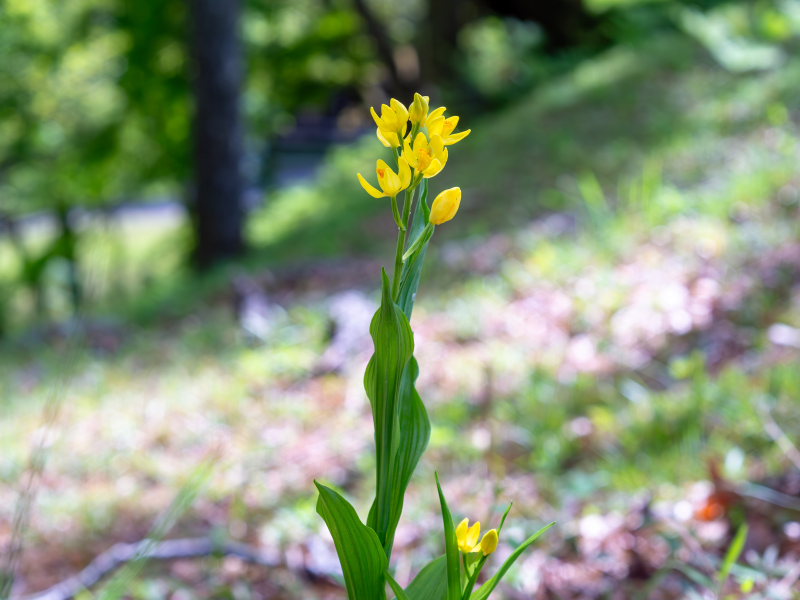
2024.04.26
ウマノアシガタ
ウマノアシガタが咲いています。キンポウゲ科の多年草です。本来は八重咲きのものをキンポウゲと呼んでいましたが、現在では本種の別名をキンポウゲとしているようです。花弁には光沢があり、クヌギ林の木漏れ日でキラキラと光って見えます。
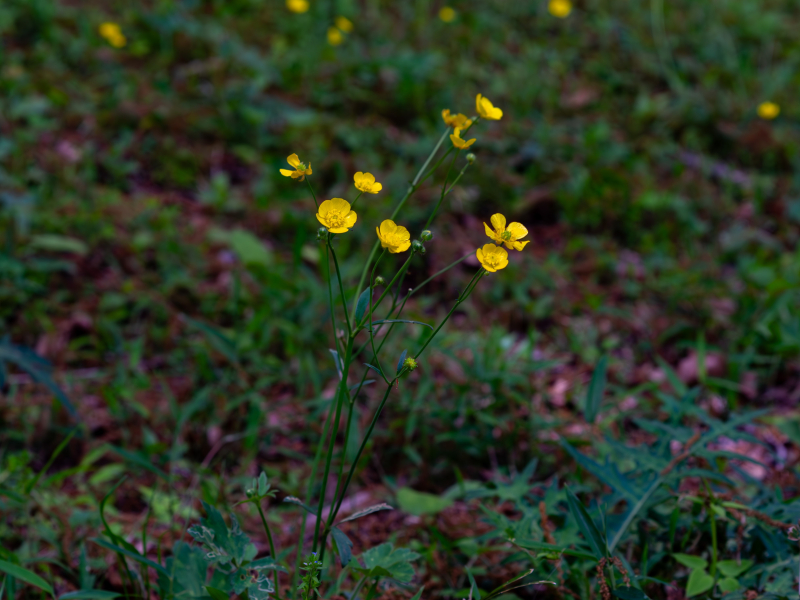
"Umano-Ashigata (ウマノアシガタ)" plants are in bloom. They are perennial plants that belong to the "Kinpouge (キンポウゲ)" family. The double‐flowered ones were originally called "Kinpouge," but now, "Kinpouge" is used as an alias of this species. Their petals are reflective, so they are shiny under the sunlight coming through the leaves in the Japanese chestnut oak woodland.
2024.04.23
ナベワリ
ナベワリが咲いています。樹林内に生える多年草で、不二聖心ではヒノキ林の林床にまれに見られます。有毒植物で、舐めると舌が割れるほどの刺激があり、「舐め割り」がなまってナベワリとなったという説があります。
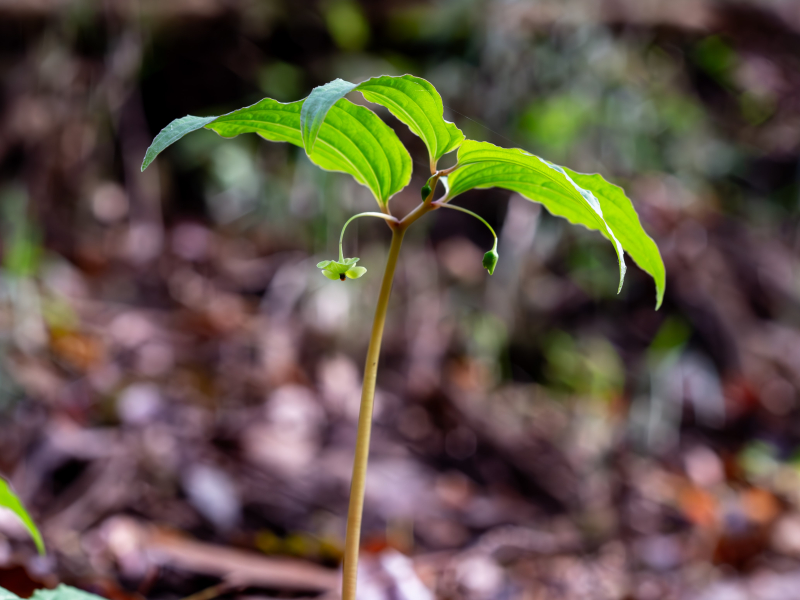
2024.04.19
イロハモミジ
イロハモミジが咲いています。キャンパス内には、不二聖心の前身である温情舎小学校の創立者 岩下清周が京都から取り寄せたと言われるイロハモミジの木がたくさんあり、秋には美しい紅葉を楽しむことができます。春には写真のような暗紅色の小さい花をつけます。
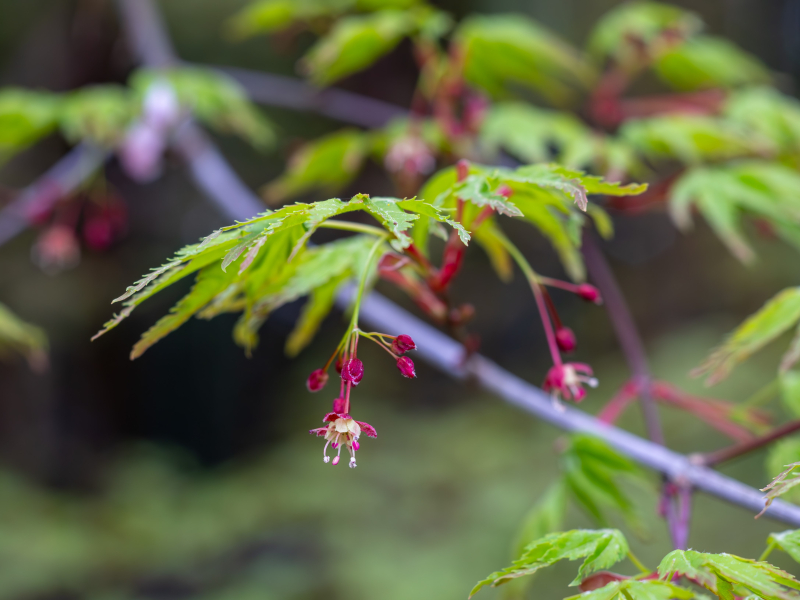
2024.04.16
ウラシマソウ
ウラシマソウが咲いています。花は仏炎苞と呼ばれる苞葉に包まれています。花には付属体と呼ばれるものがあり、その先端は糸状に伸びて地面まで達しています。和名は、この伸びた付属体の先端を浦島太郎の釣り竿に見立てたことによります。
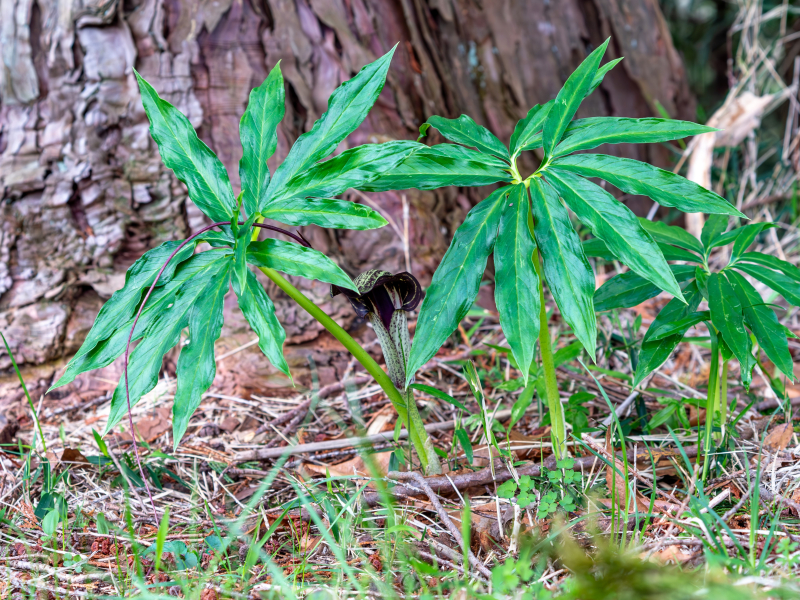
"Urashima-Sou (ウラシマソウ)" plants are in bloom. Flowers are covered with a bract leaf that is called "Butsuen-Hou (仏炎苞)". The flowers have an appendage. The tip of their appendages grow like strings and reach to the ground. The name comes from the fact that the tip of the appendage reminds us of the fishing rod of Urashima Taro, who is the main character of a Japanese folk tale.
2024.04.12
シュンラン
シュンランが咲いています。林床に生える野生のランの一種です。花を食用とするなど身近な蘭ですが、近年は人為的な採集などによって数を減らしています。不二聖心ではシカに食べられているようで、開花している個体は少ないです。
